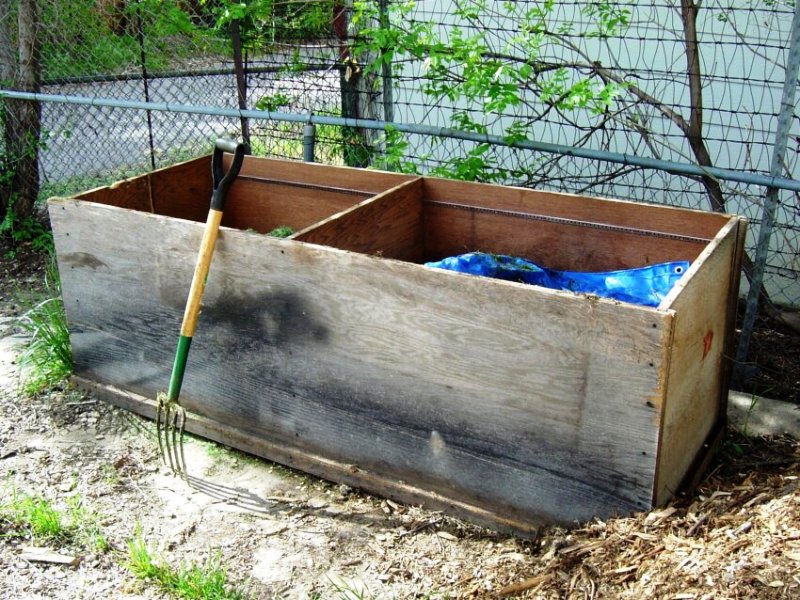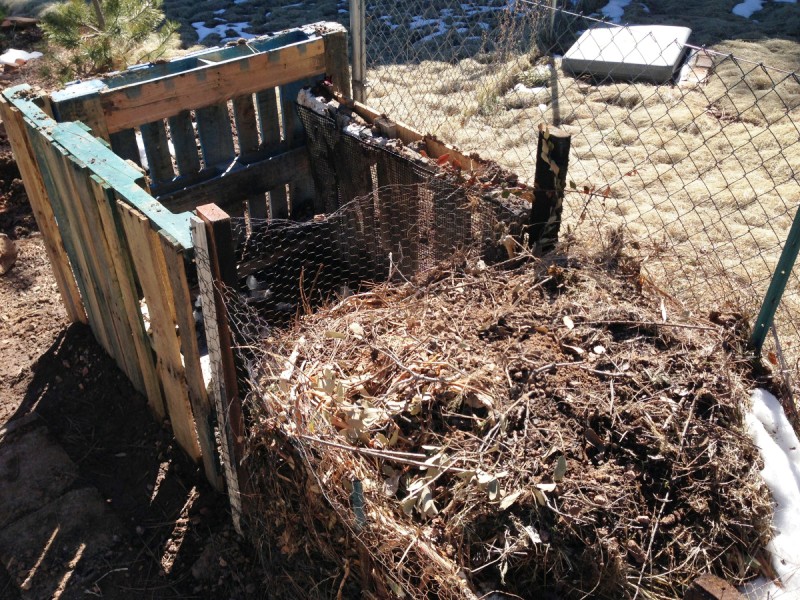In a world where environmental consciousness takes center stage, individuals are increasingly seeking ways to contribute to a greener planet. One impactful avenue toward ecological responsibility is through the creation of a composting system. This step-by-step guide aims to empower you in cultivating sustainability within your living space, offering not just a practical solution for waste management but also a powerful contribution to the broader mission of environmental conservation.
Building Blocks of Sustainability
1. Selecting the Right Container:
The journey to a greener planet commences with a deliberate choice—the selection of an ideal container for your composter. Choose a receptacle that not only serves its functional purpose but also aligns with your commitment to sustainability. Opt for a sturdy, well-ventilated bin that will become the epicenter of transformation for your organic waste.
2. Balancing Green and Brown Materials:
At the heart of effective composting lies the delicate art of balance. Green materials, teeming with nitrogen-rich components like kitchen scraps and fresh yard waste, find equilibrium with brown materials—dried leaves, newspaper, and other carbon-rich substances. Striking this harmonious balance sets the stage for a composting process that harmonizes with the rhythms of nature.
Crafting Your Compost Ecosystem

1. Layering for Success:
The creation of a thriving compost ecosystem involves layering materials in a thoughtful manner. This approach encourages microbial activity, transforming your composter into a bustling microcosm of decomposition. Witnessing the symphony of green and brown layers is a testament to the intricate dance of nature occurring within your compost bin.
2. Turning for Aeration:
Like a conductor guiding a musical performance, turning your compost ensures an orchestrated flow of elements. Regular aeration introduces the essential component of oxygen, vital for the microbial communities orchestrating the composting process. This simple yet crucial act nurtures an environment conducive to the breakdown of organic matter.
Nurturing the Fruits of Your Labor
1. Recognizing Signs of Maturity:
As your compost undergoes its transformation, pay heed to the signs of maturity. A dark, crumbly texture and the earthy fragrance signify that your compost has reached its zenith. These cues herald the readiness of your compost to become a catalyst for flourishing gardens and thriving landscapes.
2. Applying Compost to Your Garden:
The culmination of your composting journey unfolds as you apply the finished product to your garden soil. This act completes the cycle of sustainability, enriching the earth with nutrient-rich compost. The flourishing plants that emerge from this nourished soil become ambassadors of your commitment to cultivating a greener, more vibrant tomorrow.
Cultivating a Greener Tomorrow
1. Embracing the Circular Economy:
At the core of composting lies a reflection of the circular economy—a model where waste transforms into a valuable resource. Your composting endeavors embody this circular approach, symbolizing a commitment to responsible resource management and regeneration.
2. Educating and Inspiring Others:
The impact of sustainable practices extends beyond personal actions—it resonates through the community. Share your composting journey, the lessons learned, and the benefits reaped. By educating and inspiring others, you amplify the collective effort toward a greener planet, creating a ripple effect of positive change.
Nurturing Nature, One Compost Pile at a Time
As you conclude this exploration into crafting your own composter, reflect on the significance of your role in nurturing nature. Each layer added, every turn of the compost, and the application of the finished product to your garden represent a small but meaningful contribution to a greener planet. Embrace the satisfaction that comes from knowing you’ve played a vital role in cultivating sustainability—one compost pile at a time. May your composting journey inspire others, and may the fruits of your labor echo through the enriched soils and flourishing landscapes, symbolizing the harmonious relationship between humankind and the environment we call home.

